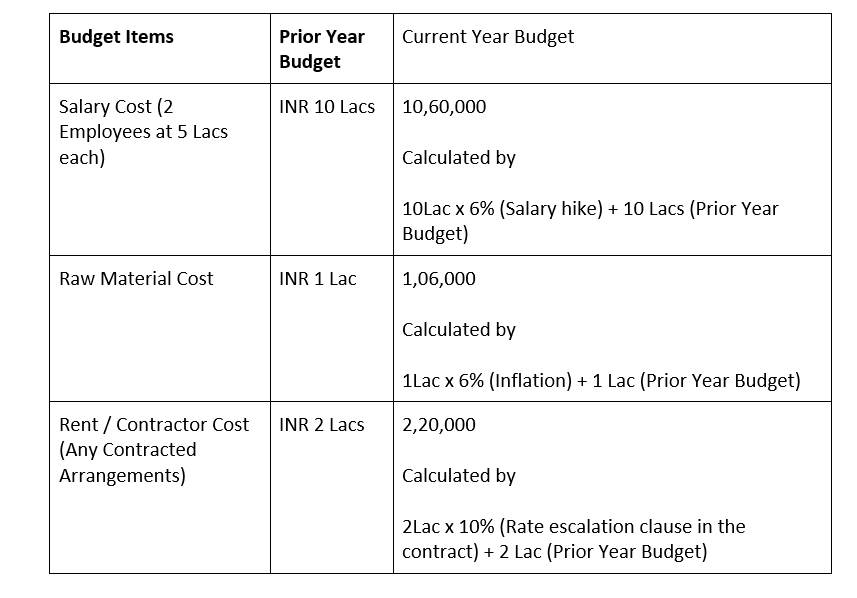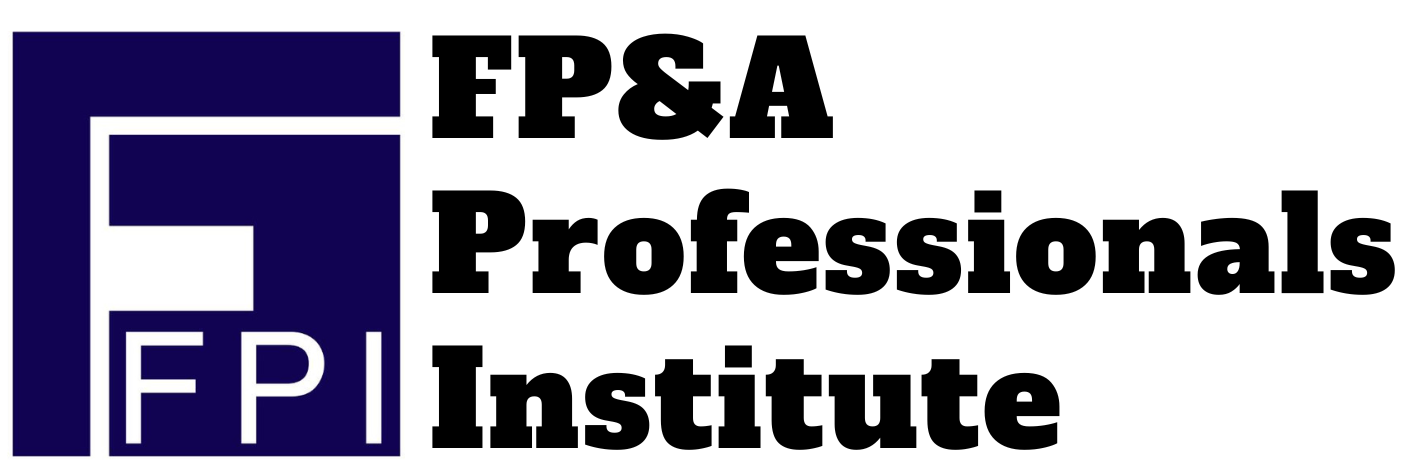
In this case you prepare the current year’s budget by making some changes or increments to the last year’s Budget.
Basically, what we end up doing is we pick last year’s budget and add or subtract a percentage based on factors like inflation, volume changes, and adjust for any contractual changes.
Inflation is the general increase in prices over a period of time.
Most companies do monitor the economy over time and then decide the price increases for the upcoming year and the new budget is based on inflated cost drivers.
Let’s look at some real-life examples so that we can fully understand incremental budgeting.

When are Incremental Budgets used? or Which companies should use Incremental Budgeting?
Incremental budgeting is a common approach when management doesn’t want to spend a great deal of time creating budgets,
nor do they see a need to do so.
This is generally suitable for stable businesses where no new reassessments are needed.
This is not suitable for a business where there are a lot of changes happening.
For example, start-ups which are in the growth phase and even older companies whose environment is changing a lot.
On the other hand, this method is ideal for companies with a stable business environment and steady YoY growth.
Advantages of Using Incremental Budgeting
1. Simplicity This is the simplest approach to budgeting.
2. Cost Effective, it does not require a lot of time and resourcing to create an Incremental Budget v/s something where you create something from scratch, like a Zero-Based Budget.
3. As it is based on recent financial results, and the current budget can be readily verified.
4. It allows for consistency with the dependence you have on the number of budgets in prior periods. It ensures that the budget will remain consistent and stable over a period of time.
Disadvantages of Using Incremental Budgeting
1. Wasteful spending is a huge disadvantage of incremental budgeting. Since much of the New Year’s budget is based on the previous year’s spend. There are times when projects or departments will tend to find ways to use the rest of the money without any reason just to ensure they have the same amount of money, or at least that increase within the next year’s budget.
2. Efficiency is reduced when we’re thinking about incremental budgeting. As there’s no reward for cost-cutting or making improvements, as budget automatically increases every year based on inflation.
3. Use it or lose it mindset. The budget funds are not carried over into the next year.
For Example: If you have a program budget for $5,000 and the program only uses $4,000 at the end of the fiscal year, the rest of that money is swapped out and budgeting committee looks at the numbers for next year’s budget and think that there really wasn’t really a need for that additional $1,000. Sometimes this approach can be a bit misleading, since it does not consider some changing circumstances.
4. Budgeting Errors If there were errors in the prior year’s budget then you might carry forward those errors in the next year. So be sure to review your last year’s budget for any errors or omissions before you use it to create your incremental Budget for this year.
Incremental Budgeting in Summary : Things to keep in mind.
a. It is very simple and cost-effective. Pick last year’s budget number and make adjustments.
b. Adjust for Inflation, Volume and Price changes, Salary Increments, Contract rate changes etc.
c. If there are any errors in the last year’s budget, be sure not to carry them to the next year’s d. budget.
e.It is suitable for companies which are in a stable environment and experiencing normal growth.
